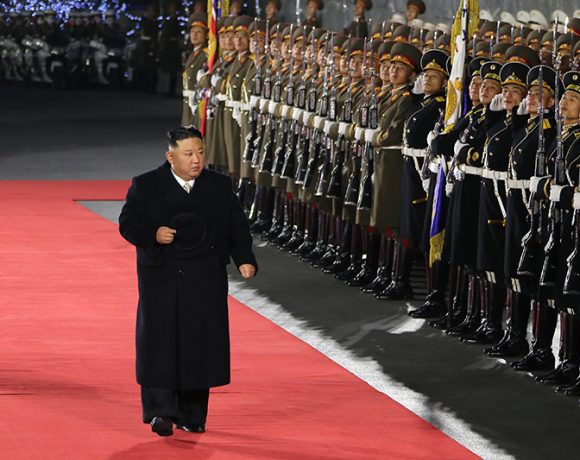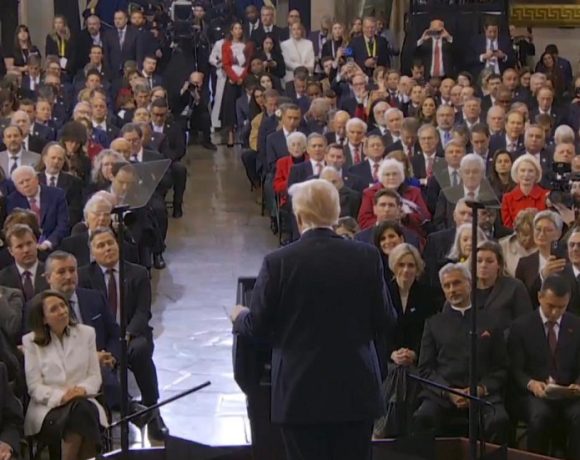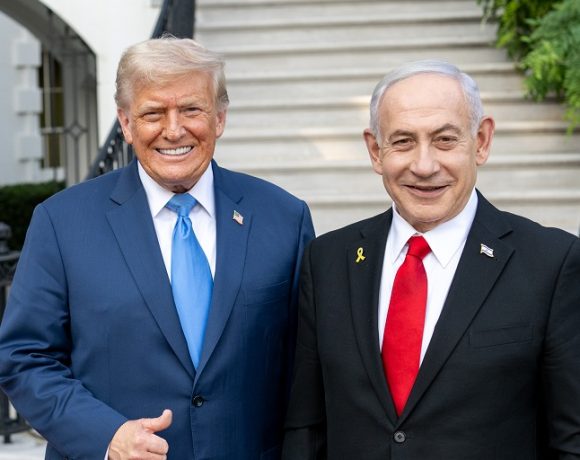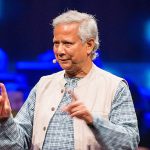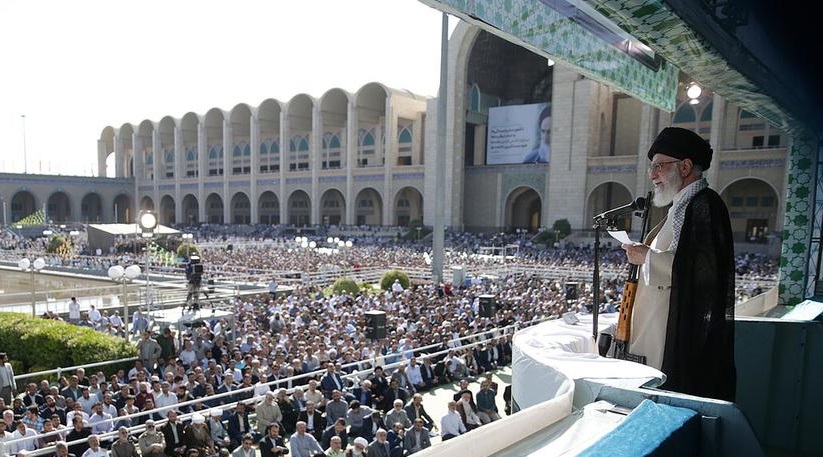
Iran’s Supreme Leader Reappears Publicly for First Time Since Israel Conflict
Ayatollah Ali Khamenei, Iran’s Supreme Leader, made his first public appearance since the recent military conflict with Israel, attending an Ashura mourning ceremony in Tehran on July 6. His reappearance marks a significant moment of visibility and reassurance for the Iranian establishment, following 12 days of intense cross-border hostilities that pushed the region to the brink of a wider war.
Khamenei’s First Public Appearance
Appearing at a mosque in central Tehran, Khamenei was seen walking unaided, waving to the crowd, and participating in Ashura rituals. This was his first public event since June 13, when Iran entered into direct military confrontation with Israel. Until now, Khamenei had limited himself to recorded statements and remained absent from public life.
During the conflict, he reportedly took refuge in a secure underground facility, as intelligence suggested he was a possible target. Iranian sources confirmed the move was purely precautionary, even as tensions escalated to their highest level in years.
Iran–Israel Conflict Aftermath
The recent hostilities resulted in over 900 Iranian fatalities, along with significant damage to infrastructure, including sites linked to Iran’s nuclear program. Iran retaliated by launching over 550 missiles, with some aimed at U.S. military bases in the Gulf. Though the violence has subsided following an unofficial ceasefire, both sides remain on alert.
Ahead of his reappearance, Khamenei issued a defiant statement:
“We have slapped America across the face, and we will do it again if provoked.”
The message was a direct response to U.S. involvement and growing regional pressure on Iran during the war.
Ashura and National Symbolism
Ashura, marking the martyrdom of Imam Hussain, holds deep emotional and political meaning in Iran. Khamenei’s decision to appear publicly at this event was seen as highly symbolic. It reassured followers, projected strength, and reinforced religious unity at a moment of national vulnerability.
The ceremony featured traditional mourning chants and sermons focused on sacrifice, resilience, and faith—echoing Iran’s narrative of standing firm against foreign aggression.
Khamenei’s return to public life suggests Iran is entering a phase of post-conflict recovery, using religious platforms to reaffirm leadership and maintain national morale. His presence also signals to adversaries that the country’s command structure remains intact and defiant.


